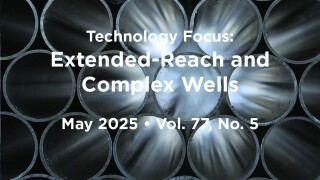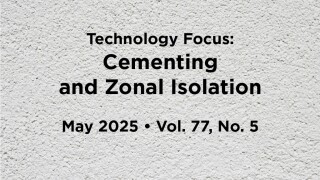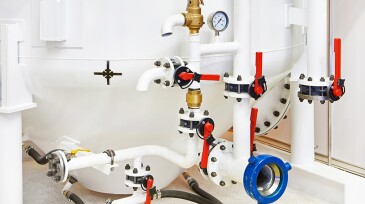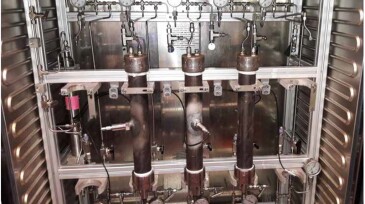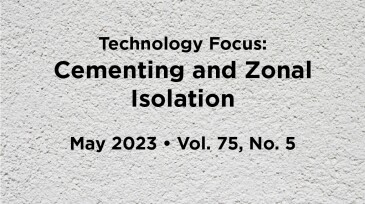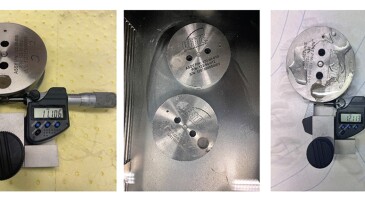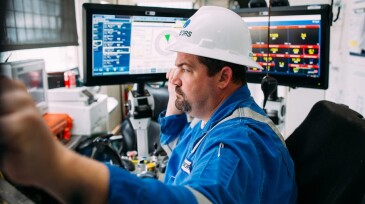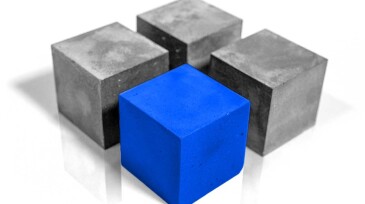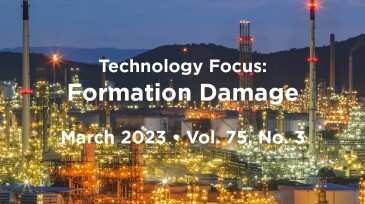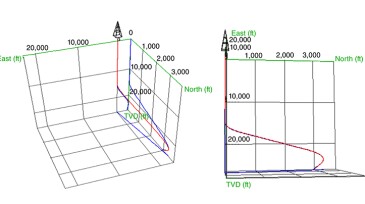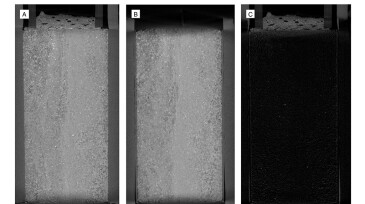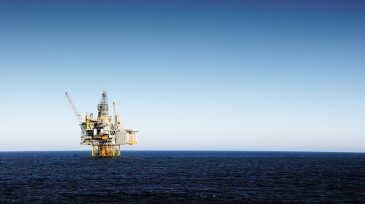Drilling
Operator targets first oil 30 months after field sanction of $1.5 billion heavy-oil project that will use a refurbished wellhead platform and FPSO.
Extended-reach drilling (ERD) and complex wells have emerged as pivotal techniques, enabling access to previously unreachable reserves. ERD allows operators to access oil and gas reservoirs far from the drilling site, minimizing the environmental footprint and optimizing resource recovery.
Cementing and zonal isolation remains an important topic to operators and service providers alike. Additionally, an increase in the number of papers with both academic and field-driven content shows that there is no lack of initiative for operators to materially improve on existing methods and technology.
-
This paper presents a laboratory-based study that compares the three methods to measure static gel-strength development that are widely accepted in the industry.
-
The authors discuss a modified ultrasonic-cement-analyzer (UCA) vessel that allows assessment of slurry sealing performance under representative downhole conditions while running otherwise standard UCA equipment.
-
In 2022, the topics of the cementing and zonal isolation papers published were generally similar to those presented in previous years. A noticeable departure from previous years, however, was that many of the authors emphasized that their work would result in a reduction of greenhouse-gas emissions.
-
This paper compares the sealability performance of an expanding geopolymer with that of an expansive commercial cement in terms of the shear bond strength and the hydraulic bond strength at curing conditions of 25℃ and 34.5 bar.
-
Nabors is connecting Corva’s platform to its universal rig controls and automation platform, allowing apps built and developed in Corva to monitor and control any rig equipped with the platform.
-
EcoShield also reduces carbon footprint of well construction over traditional cement systems.
-
While the ongoing technical studies and technology developments in the area of formation damage are heavily focused on key damage-mechanism scenarios during drilling and production, such as drilling-fluid-induced damage, scaling, clay swelling, fines migration, and incompatibility of fluid/fluid and fluid/rock in conventional sandstone and carbonate reservoirs, there …
-
This paper describes an openhole wireline-logging operation in a deepwater Gulf of Mexico well in a high-pressure/high-temperature slimhole environment using water-based reservoir drilling fluid.
-
The authors of this paper present results of a study that examined formation-damage mechanisms caused by drilling fluids in tight reservoirs in onshore oil fields in Abu Dhabi.
-
The paper presents predicted vs. measured wear for six wells in the Culzean field, a high-pressure/high-temperature gas condensate field in the central North Sea.


